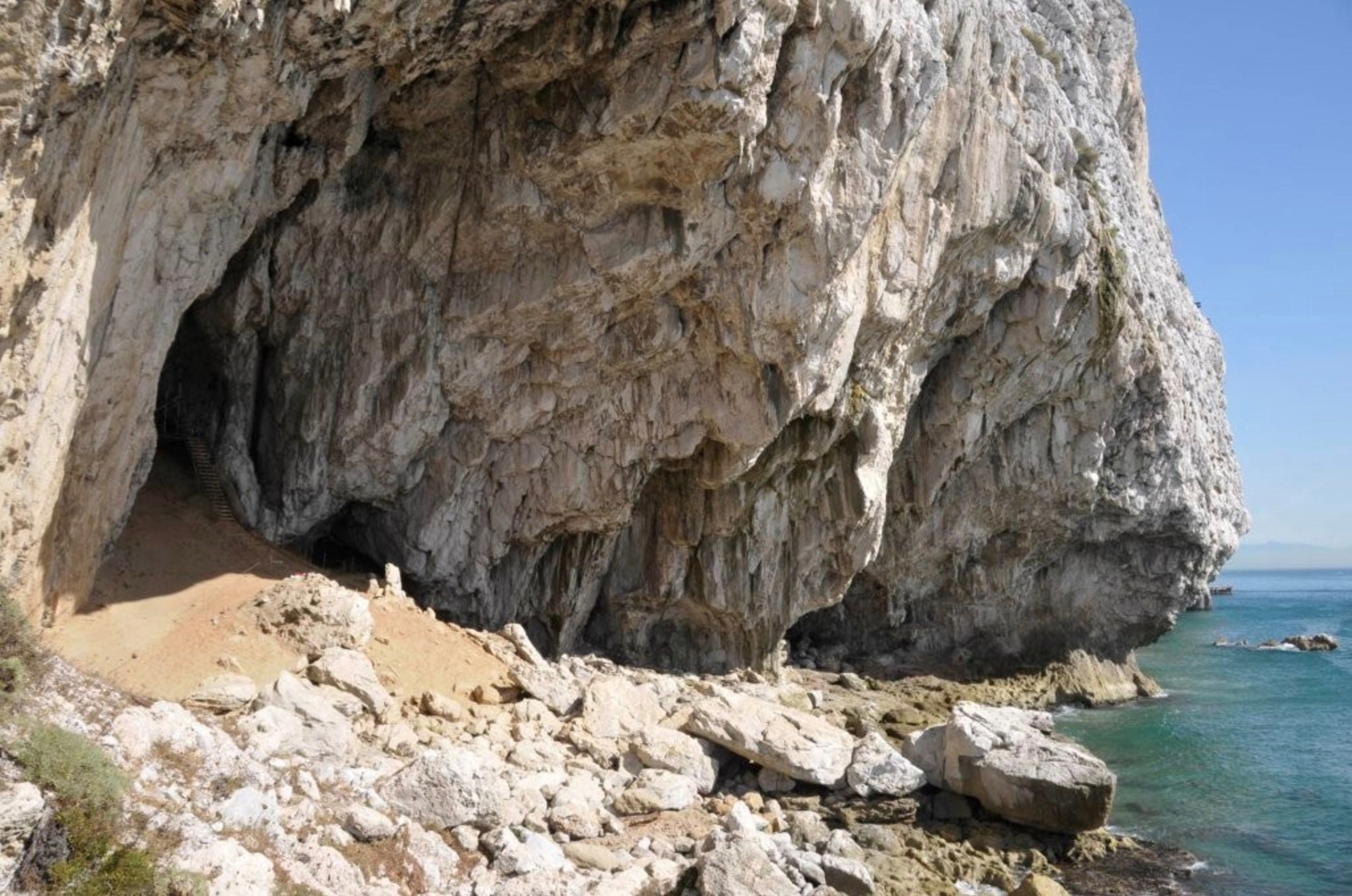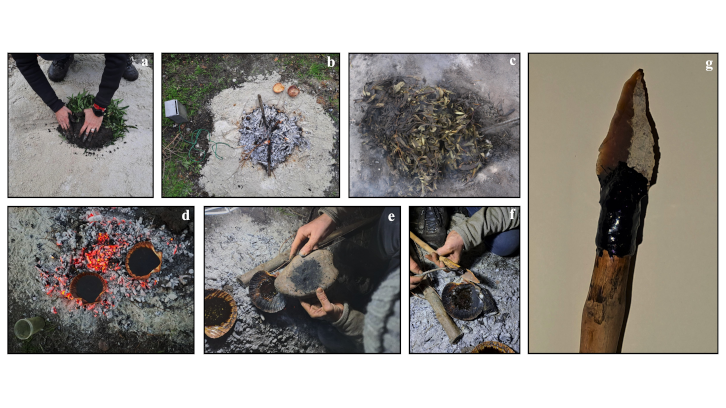Archaeologists find 60,000-year-old hearth that Neanderthals may have used to make tar
The hearth was found in a cave complex that had previously been shielded by sands for 40,000 years
Your support helps us to tell the story
From reproductive rights to climate change to Big Tech, The Independent is on the ground when the story is developing. Whether it's investigating the financials of Elon Musk's pro-Trump PAC or producing our latest documentary, 'The A Word', which shines a light on the American women fighting for reproductive rights, we know how important it is to parse out the facts from the messaging.
At such a critical moment in US history, we need reporters on the ground. Your donation allows us to keep sending journalists to speak to both sides of the story.
The Independent is trusted by Americans across the entire political spectrum. And unlike many other quality news outlets, we choose not to lock Americans out of our reporting and analysis with paywalls. We believe quality journalism should be available to everyone, paid for by those who can afford it.
Your support makes all the difference.Archaeologists who discovered a cave used by early humans some 60,000 years ago have made an incredible discovery, giving insight into the complexity of early humans.
They found a pit dug into the ground at Gilbraltar’s seaside Vanguard Cave, which was used by Neanderthals to extract sticky resin from woody plants.
“The results are highly significant in that they reveal complex levels of cognition in Neanderthals, indicating that they understood the plants that they needed to select and the complex industrial process required in order to manufacture tar,” the British Overseas Territory’s Gibraltar National Museum said in a statement.
Previously, bones and tools had been uncovered at the UNESCO World Heritage Site known as the Gorham’s Cave Complex.

The tar would have been used to make spears for hunting red deer, wild boar, and other animals, and for these early humans to protect themselves from predatory species like lions, wolves, and bears. They may have made it by burying the plants before heating them with fire, cutting them off from oxygen and allowing them to produce the resin without the wood burning.
The findings were published by a group of dozens of international scientists in this month’s Quaternary Science Reviews.
To reach these conclusions, the group conducted an archaeological experiment, showing that the pit or “hearth” was compatible with the extraction of the tar. They found traces of ash, charcoal, zinc and copper, and what they believe could be tar crystals.
“It seems, from the results obtained, that the tar was extracted from gum rockrose (Cistus ladanifer) instead of birch. Birch would have been a rare tree in these Mediterranean latitudes whereas rock roses would have been abundant. It is worth noting that the labdanum obtained from these rock roses has been used in perfumes, as cough mix or even as an antiseptic until the 20th Century,” the museum said.

Until now, how the Neanderthals produced the tar was unknown.
The museum said that environmental conditions that sealed the material evidence for at least 40,000 years allowed for “instant snapshots” of their activities, as well as the preservation of pollen and spores that confirmed the ecological conditions outside the cave.
It’s worth noting, however, that not everyone is convinced. Two archaeologists not involved with the study recently told Science that there was not enough evidence to prove the Neanderthals had been burning the wood specifically to make tar.
Join our commenting forum
Join thought-provoking conversations, follow other Independent readers and see their replies
Comments